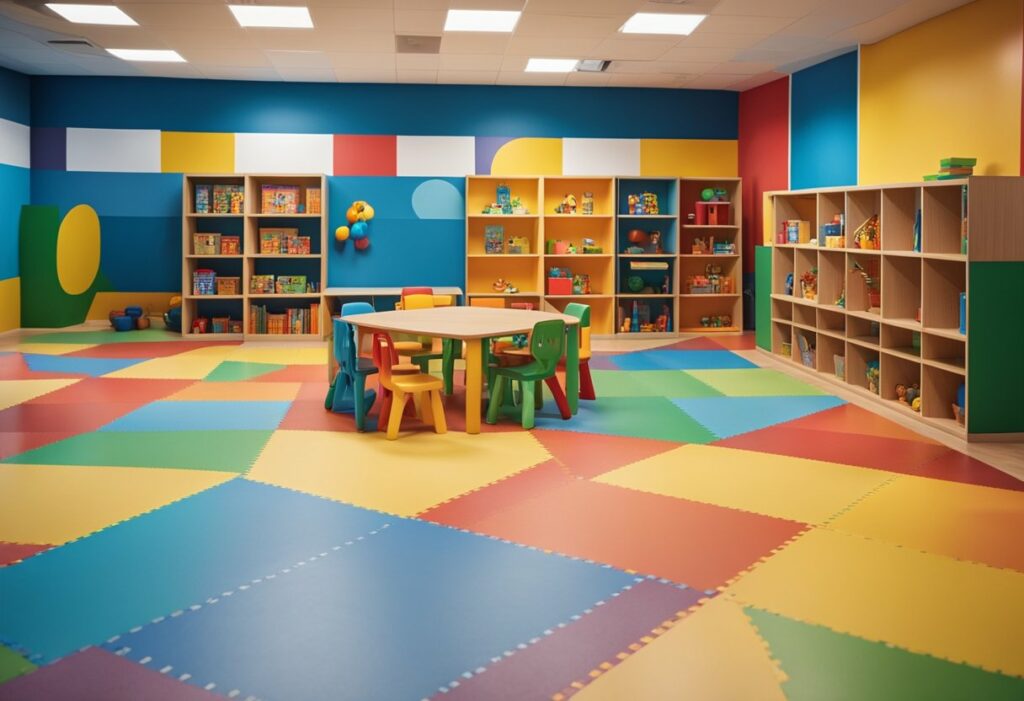Preschool Interior Design: Creating a Fun and Functional Learning Environment
Preschool interior design is an exciting area of interior design that focuses on creating child-centred spaces that promote learning and development. Designing a preschool environment requires a unique set of skills and knowledge to create a space that is safe, stimulating, and fun for young children. The design of a preschool interior can greatly impact a child’s development, so it is essential to create a space that is both functional and aesthetically pleasing.
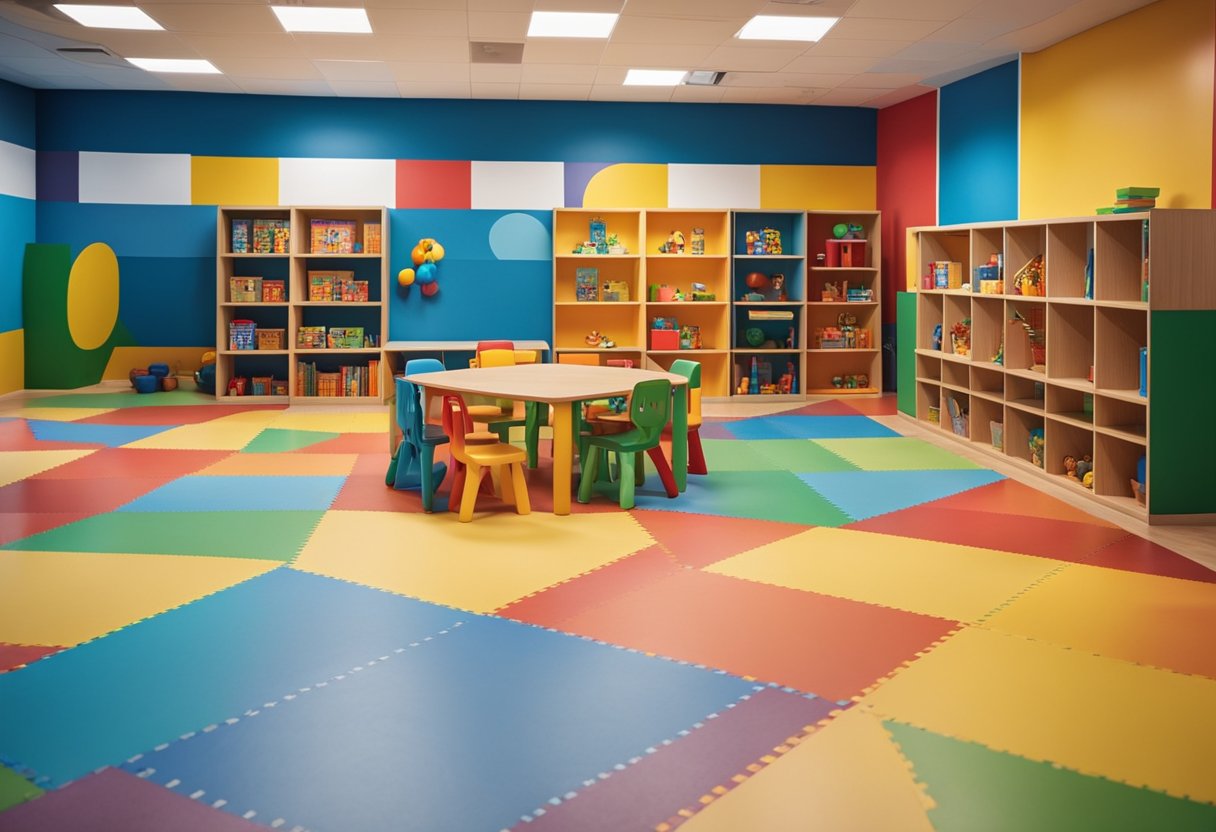
Innovative learning spaces are becoming increasingly popular in preschools, as educators recognise the importance of creating an environment that encourages exploration and creativity. The design of a preschool interior can help to foster a sense of wonder and curiosity in young children, which is essential for their development. By incorporating elements such as natural light, bright colours, and interactive features, designers can create a space that is both engaging and inspiring for young children.
Key Takeaways
- Preschool interior design is an exciting area of interior design that focuses on creating child-centred spaces that promote learning and development.
- Innovative learning spaces are becoming increasingly popular in preschools, as educators recognise the importance of creating an environment that encourages exploration and creativity.
- The design of a preschool interior can help to foster a sense of wonder and curiosity in young children, which is essential for their development.
Designing for Development
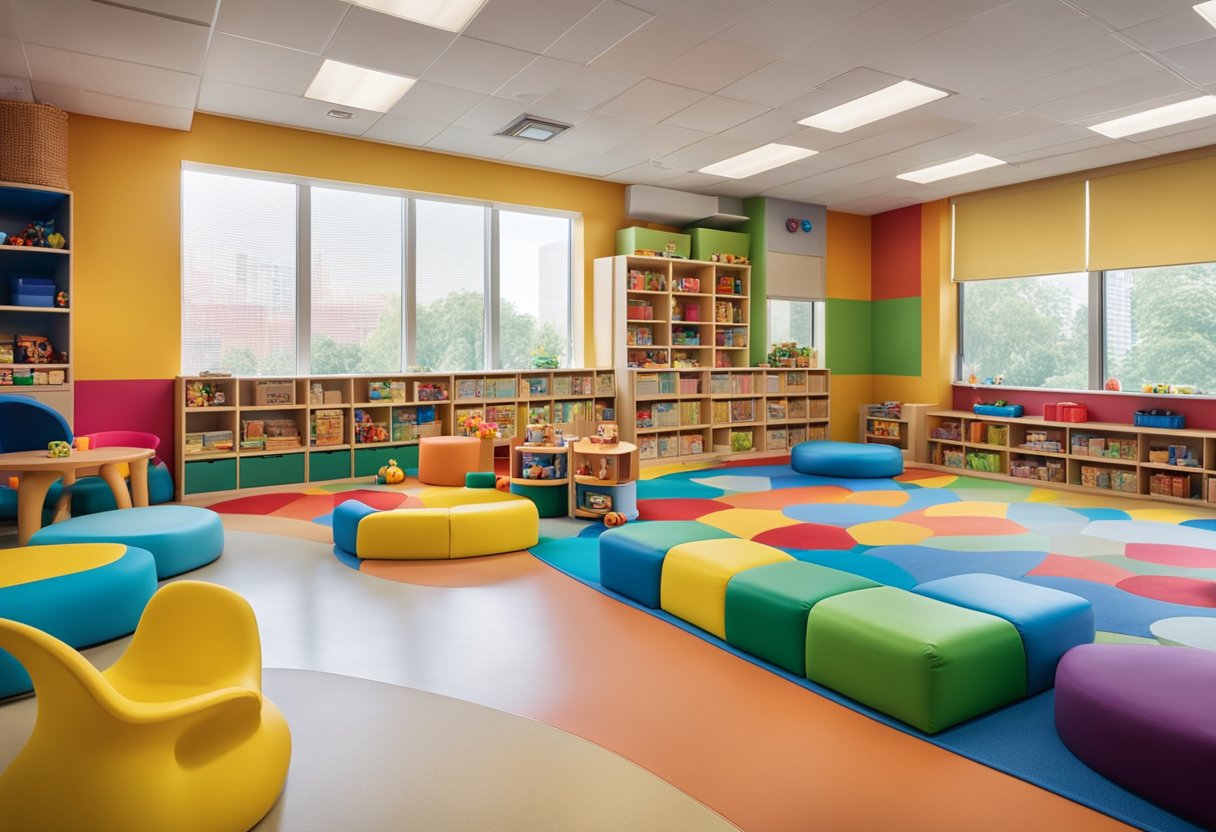
When designing a preschool interior, it’s important to consider the developmental needs of children of any age. Here are some tips for designing an immersive environment that stimulates children’s senses and encourages learning and play.
Creating an Inviting Entrance
The entrance to your preschool should be warm, inviting, and playful. This is the first impression that parents and children will have of your childcare centre, so it’s important to make it a good one. Consider using pastel colours or bold colours that stimulate children’s imaginations. You could also use a colour wheel to create a cohesive colour scheme throughout your preschool.
Colour and Imagination
Colour is an important aspect of preschool interior design. Bright, bold colours can stimulate children’s imaginations and create a playful atmosphere. Pastel colours can create a calming effect. When choosing colours for your preschool, consider the age range of your children and their interests. You could also use colour to create different zones within your preschool, such as a quiet reading area or a lively play area.
Furniture for Learning and Play
Furniture is an important part of any preschool interior design. Tables, chairs, shelves, and bean bags should be flexible and sized appropriately for the age group you are catering to. Consider using furniture that encourages learning and play, such as tables with built-in puzzles or shelves with books and toys. Make sure that your furniture is durable and easy to clean, as preschoolers can be rough on their surroundings.
By keeping these design ideas in mind, you can create a preschool interior that is both functional and exciting for children of any age. Don’t be afraid to work with interior designers or childcare centre renovation experts to bring your kindergarten design ideas to life. With the right design, you can create an immersive environment that encourages learning, play, and exploration.
Innovative Learning Spaces
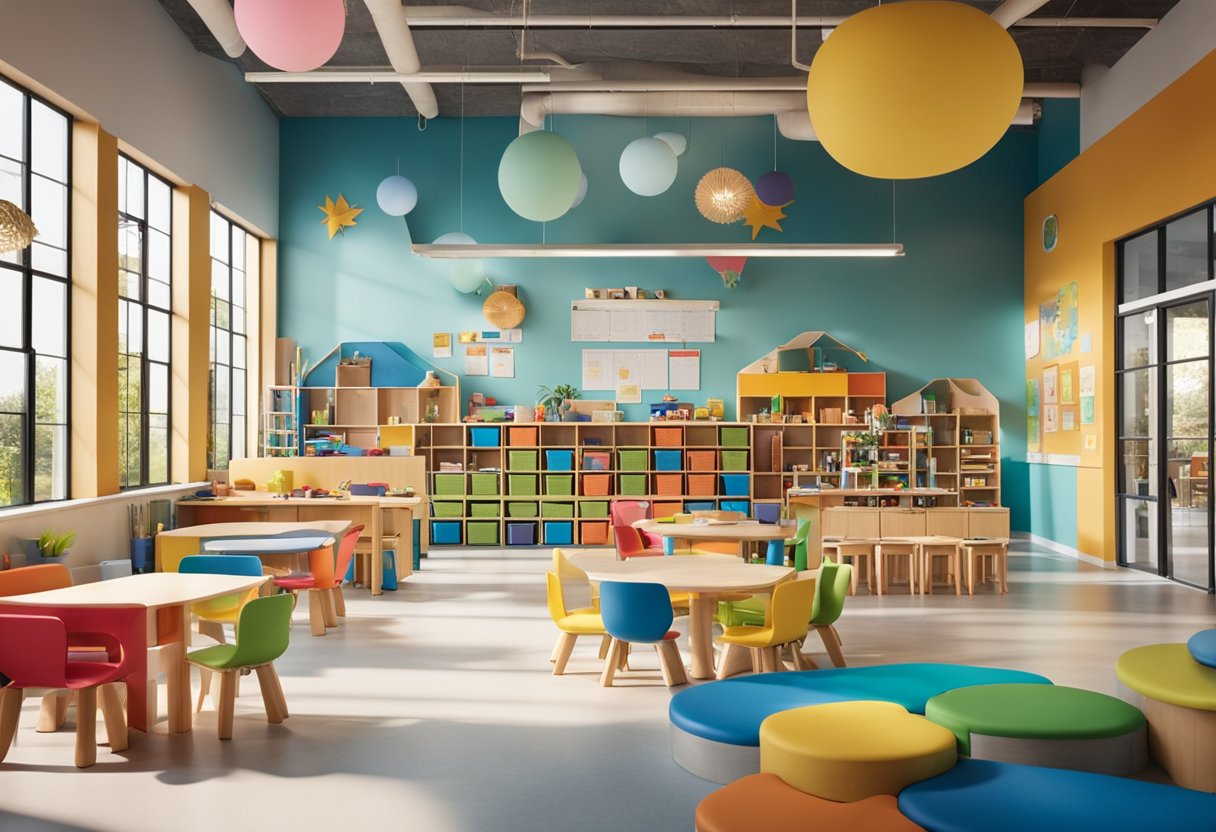
As a preschool interior designer, you have the opportunity to create innovative learning spaces that engage and inspire young learners. Here are some tips on how to design interactive and engaging learning spaces for preschoolers.
Interactive Elements for Engagement
Preschoolers love to explore and discover new things. By incorporating interactive elements into your design, you can create a space that encourages exploration and engagement. Consider adding play areas with traditional seats, padded seats, cushions, and surface area for crafts. You can also create a kid-friendly space with castles, dragons, kings, queens, and other fantasy plays that activate their minds.
Library and Story Zones
Reading is an essential part of a preschooler’s curriculum. To make reading more attractive, create a library and story zone that is easy to navigate and has attractive illustrations. Use cool colours such as blush, teal, lilac, and soft yellow, and complementary brighter colour palettes to create an inviting space. Ensure that the space has easy supervision and line of sight to avoid vulnerable toddlers wandering off.
Safety and Supervision
Safety and supervision are crucial when designing a preschool interior. You can ensure safety by using light-coloured woods, which make the space brighter and more visible. You can also use semi-recreational benches with a recording feature to encourage parent talking points. Additionally, consider incorporating a theatre or exhibition design with wayfinding and circulation that encourages interactive learning space.
Here are six tips for creating a safe and engaging preschool interior design:
- Use age-appropriate furnishings and products that meet product specifications.
- Consider the age group and space use when selecting furnishings and products.
- Ensure that the design is easy-to-navigate and has clear sight lines.
- Use bright colours and playful designs to create an engaging atmosphere.
- Incorporate technology by providing device support and USB ports for interacting with devices and web-based content.
- Encourage kids to read by providing a variety of reading materials and animations.
By following these tips, you can create an innovative and engaging preschool interior design that encourages exploration, learning, and discovery.
Frequently Asked Questions
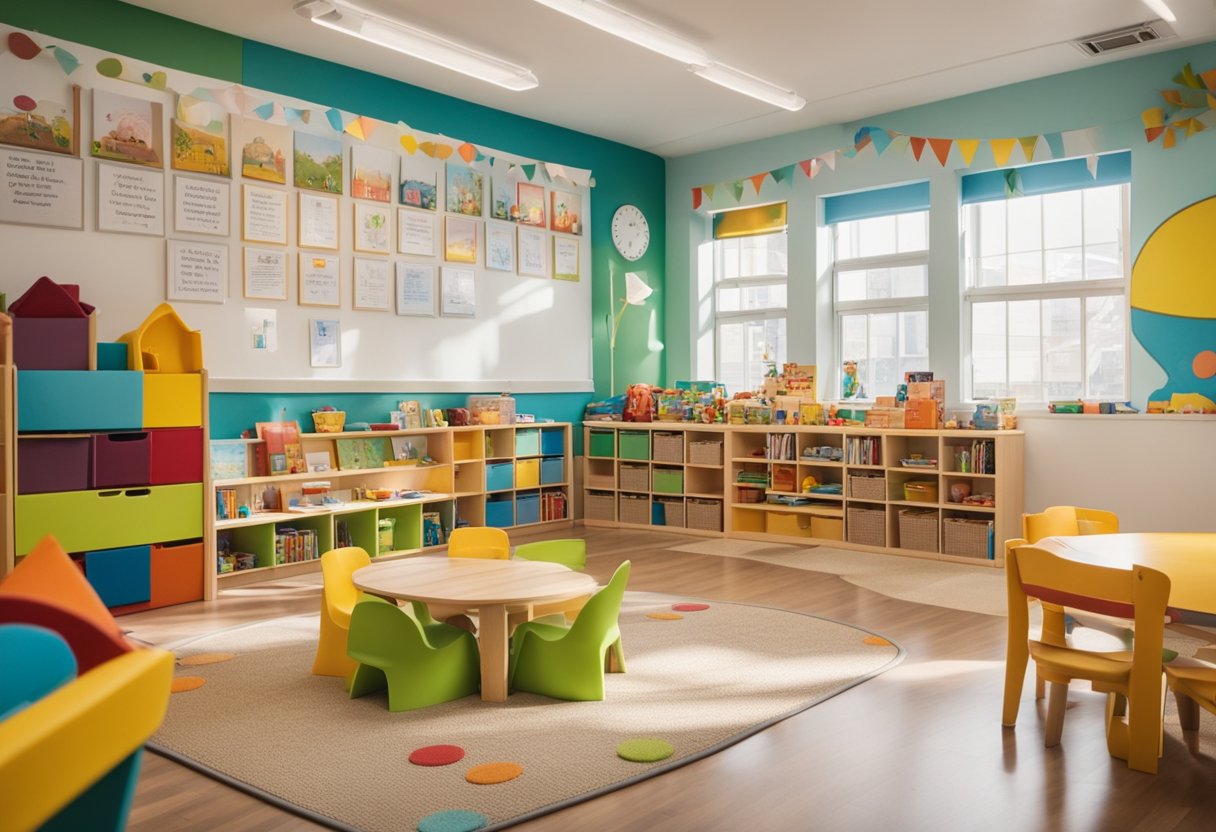
What are the most vibrant colour schemes for a nursery classroom?
Choosing the right colours for a nursery classroom is crucial for creating a stimulating environment. Vibrant colours like yellow, red, and orange can help create a fun and playful atmosphere. However, it’s important to strike a balance and not overdo it. Blue and green can also be used to create a calming environment. You can experiment with different colour combinations to see what works best for your preschool.
How can we create a stimulating learning environment through interior design?
Interior design can play a significant role in creating a stimulating learning environment for preschoolers. The use of bright colours, interactive wall murals, and comfortable seating areas can make the space more engaging and fun. It’s also important to incorporate different textures and materials to encourage exploration and sensory play.
What are the latest trends in creating an engaging preschool space?
The latest trends in preschool interior design focus on creating spaces that are both functional and aesthetically pleasing. This includes the use of natural materials like wood and stone, as well as incorporating technology like interactive whiteboards and tablets. Flexible seating options and modular furniture are also becoming more popular, allowing for easy reconfiguration of the space.
How can safety be integrated into preschool interior design?
Safety should be a top priority when designing a preschool interior. This includes ensuring that furniture is stable and secure, and that sharp edges are covered or rounded. It’s also important to consider the placement of electrical outlets and cords to prevent tripping hazards. Non-toxic materials should be used wherever possible, and windows should be fitted with safety locks.
What furniture pieces are essential for a functional preschool classroom?
A functional preschool classroom should have a range of furniture pieces to cater to different activities and learning styles. This includes tables and chairs for group activities, as well as comfortable seating areas for quiet reading or individual work. Storage solutions like shelves and cubbies are also essential for keeping the space organised and clutter-free.
How can we maximise space utilisation in a preschool setting?
Maximising space utilisation in a preschool setting is essential for creating a functional and efficient learning environment. This can be achieved through the use of modular furniture and flexible seating options, as well as incorporating storage solutions that are both functional and visually appealing. It’s also important to consider the flow of the space and ensure that there is enough room for children to move around freely.

